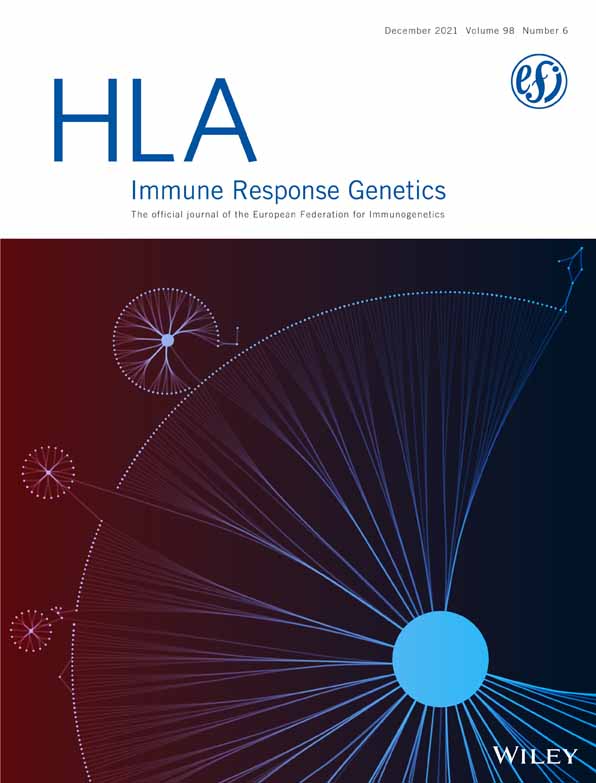Immunohistochemical detection of “ex novo” HLA-DR in tumor cells determines clinical outcome in laryngeal cancer patients
Abstract
There are controversial results about the role of “ex novo” HLA-DR expression by tumor cells and its correlation with the oncological outcomes. Unfortunately, little is known about HLA-DR expression in laryngeal cancer tumor cells. The main purpose of this retrospective study is to strengthen the usefulness of studying “ex novo” HLA-DR expression on tumor cells from primary laryngeal squamous cell carcinoma (LSCC) patients and investigate its correlation with clinical outcome. We analyzed HLA-DR expression by immunohistochemical analysis in 56 patients with LSCC. The “ex novo” HLA-DR expression on laryngeal cancer tumor cells, assessing non-neoplastic LSCC – adjacent tissue, and the association of HLA-DR expression (HLA-DR+) with clinical outcomes were investigated. HLA-DR+ tumor cells were detected in 18/56 LSCC patients (32.1%). All specimens of non-neoplastic laryngeal carcinoma-adjacent tissue resulted HLA-DR negative (HLA-DR-). A statistically significant association was observed between HLA-DR + and well differentiated tumors (G1) (p<0.001). The Kaplan-Meier method showed how HLA-DR+ is significantly associated with both a better disease specific survival (HLA-DR+=100% vs. HLA-DR-=77.4%; p=0.047) and a better relapse free survival (HLA-DR+=100% vs. HLA-DR-=72.3%; p=0.021). Cox regression univariate analysis for death of disease confirmed a higher HR for HLA-DR absence on the surface of epithelial tumor cell [HR:37.489; 95% CI:0.750-18730.776; p=0.253] and for high-grade (G3) tumors [HR:18.601; 95% CI:3.613-95.764; p<0.0001]. Our results confirm that MHC class II HLA-DR expression is activated in a sub-set of LSCC patients. Evaluation of HLA-DR expression in LSCC could be useful for prognosis and future approaches towards personalized therapy.
CONFLICT OF INTEREST
The authors declare that they have no affiliations with or involvement in any organization or entity with any financial interest (such as honoraria; educational grants; participation in speakers' bureaus; membership, employment, consultancies, stock ownership, or other equity interest; and expert testimony or patent-licensing arrangements), or non-financial interest (such as personal or professional relationships, affiliations, knowledge or beliefs) in the subject matter or materials discussed in this manuscript.
Open Research
DATA AVAILABILITY STATEMENT
The data that support the findings of this study are available from the corresponding author upon reasonable request.




